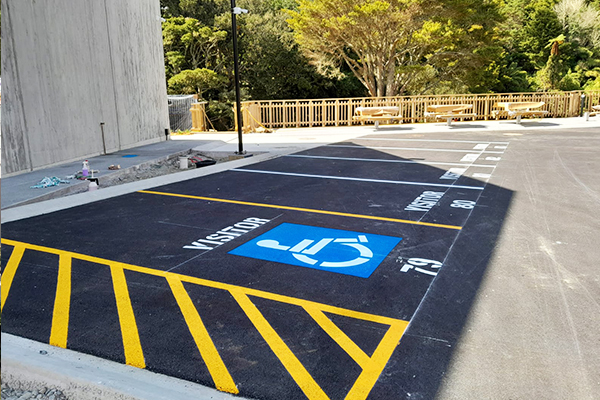Introduction:
Line marking paints play a crucial role in various industries and settings, from roadways and parking lots to sports fields and warehouses. Choosing the right type of line marking paint is essential for achieving durability, visibility, and adherence to safety standards. In this comprehensive guide, we’ll explore the different types of line marking paints available in the market, their characteristics, applications, and key considerations for selection.
1. Water-Based Line Marking Paints:
– Characteristics: Water-based line marking paints are known for their eco-friendliness, low odor, and quick drying time.
– Applications: Ideal for indoor settings, such as warehouses, factories, and gymnasiums, where ventilation may be limited.
– Considerations: While water-based paints offer environmental benefits, they may not be as durable as solvent-based alternatives, especially in outdoor environments with heavy traffic.
2. Solvent-Based Line Marking Paints:
– Characteristics: Solvent-based paints provide excellent durability and resistance to harsh weather conditions, chemicals, and abrasion.
– Applications: Suitable for outdoor use on roads, highways, parking lots, and airport runways, where longevity and visibility are paramount.
– Considerations: Solvent-based paints typically have a stronger odor and require proper ventilation during application. They may also contain volatile organic compounds (VOCs), posing environmental and health concerns.
3. Cold Applied Line Marking Paints:
– Characteristics: Cold Applied Plastics paints is typically composed of a two-component system: a resin or binder component and a hardener or catalyst component, offering exceptional longevity and visibility.
– Applications: Commonly used for high-traffic areas like roads, highways, crosswalks, and airport runways, where durability and reflectivity are critical.
– Considerations: While cold applied plastic paints offer unmatched durability, they require specialized equipment and skilled professionals for application, making them costlier than conventional paints.
4. Epoxy Line Marking Paints:
– Characteristics: Epoxy paints are highly durable, chemically resistant, and provide excellent adhesion to various surfaces, including concrete and asphalt.
– Applications: Ideal for indoor and outdoor use in industrial facilities, parking garages, and areas exposed to chemicals or heavy machinery traffic.
– Considerations: Epoxy paints may require surface preparation, such as sandblasting or acid etching, for optimal adhesion. They also tend to be more expensive than water-based or solvent-based alternatives.
5. Reflective Line Marking Paints:
– Characteristics: Reflective paints contain glass beads or retro-reflective pigments that enhance visibility in low-light conditions, improving safety for drivers and pedestrians.
– Applications: Widely used on roads, highways, parking lots, and pedestrian crossings to increase nighttime visibility and reduce accidents.
– Considerations: Reflective paints are typically applied over a base coat of regular line marking paint and may require maintenance to ensure optimal reflectivity over time.
Conclusion:
Choosing the right type of line marking paint is essential for achieving durable, visible, and compliant markings in various settings. By understanding the characteristics, applications, and considerations of different types of line marking paints, you can make informed decisions to meet your specific needs for safety, longevity, and performance. Whether you opt for water-based, solvent-based, thermoplastic, epoxy, or reflective paints, prioritizing quality and suitability for the intended application will ensure successful line marking projects.
Always ask the professionals, Ross Roadmarkers will be happy to advise on the best solution for your project.
Andrew Stiling
Business Development Manager
Ross Roadmarkers






